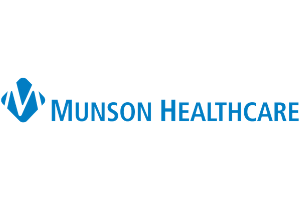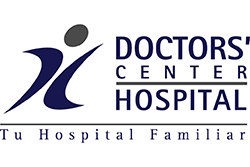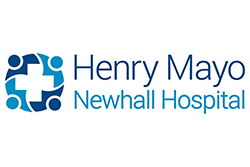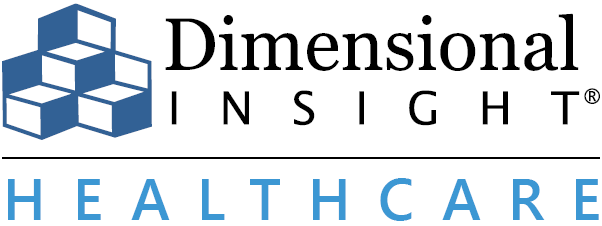
Driving Better Patient Outcomes with EHR and Enterprise Analytics Integration

Driving Better Patient Outcomes with EHR and Enterprise Analytics Integration
Introduction
The implementation of electronic health records (EHRs) dramatically transformed how healthcare organizations track and process vital patient information. Data from the Office of the National Coordinator for Health Information Technology (ONC) shows that 96% of non-federal acute hospitals use an EHR system.¹ Despite widespread adoption and investment in this technology, the healthcare industry is now struggling to accommodate the rather strict limitations of EHRs. Recent KLAS data even shows that physicians who are dissatisfied with their EHR are nearly three times more likely to leave their organization compared to clinicians who are very satisfied with their EHR.² Hospitals and health systems require more powerful analytics beyond what is included in EHR platforms to gain meaningful insights that can truly drive transformative changes in healthcare.
To maximize the impact of EHRs, organizations must integrate data solutions that can satisfy the wide variety of analytic and reporting needs across their enterprise. A recent survey shows that physicians reported an 11.1-point increase in their NET EHR Experience Score (NEES) when implementing a third-party tool aimed at improving usability.³ As organizations actualize the potential of their data by using integrated data solutions, they can increase both patient outcomes and ROI. Read on to learn more about the limitations of EHRs and how real healthcare organizations are leveraging the power of enterprise analytics platforms to advance operational and financial decision-making.
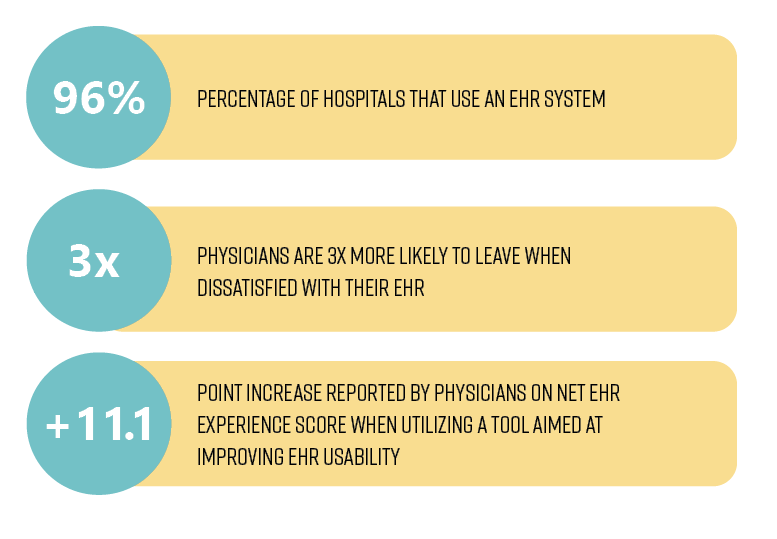
Four Areas Where EHR Analytics Fall Short
Although EHRs have played an important role in revolutionizing patient care and improving clinical outcomes, they still have serious constraints for organizations looking to maximize the impact of their data. These limitations can have significant consequences on the overall efficiency and profitability of healthcare enterprises and can prevent them from achieving their overall strategic goals. Data shows that when EHR or other IT tools inhibit physicians’ ability to deliver quality care, they are more likely to quit.² Let’s examine some of these challenges:
Narrow range of use and application: Healthcare systems are comprised of many departments that all rely on using patient-centered information to facilitate their operations. Unfortunately, EHRs are mostly geared toward frontline workers and aren’t built with financial and operational functions in mind. Due to the scope of their abilities, they’re often lacking in key features necessary for those responsible for improving quality, efficiency, and financial performance. The wide variety of reporting demands in healthcare means providers need a platform that can address their needs across the entire organization.
Outdated and inconsistent information: As the demand for healthcare rises, healthcare systems have access to an ever-expanding pool of dynamic data. In the face of rapid patient care, physicians need timely access to data and information to inform their clinical decision-making. However, many EHR vendors still rely on traditional batch-loading models for updating their systems, which usually only occur at specific times of the day (often overnight). This means data may already be obsolete by the time it’s available to physicians and healthcare administrators. The use of this unreliable and outdated data can negatively impact clinical outcomes.
Incomplete data integration: The analytic and governance capabilities of EHRs are built specifically around their unique technical infrastructure. This means they are limited in which types of information they’re able to integrate, frequently neglecting potentially valuable third-party channels. Without a central platform to integrate and consolidate different channels into a single version of the truth, organizations waste valuable time and resources trying to effectively process and utilize their data.
Four Benefits of an Enterprise Analytics Platform
Although EHRs may be seriously lacking in organization-wide data capabilities, there is still room for optimism. Dedicated enterprise analytics platforms are designed specifically to cater to the needs of the healthcare industry and feature an array of tools to guarantee reliable and consistent data governance for the necessary stakeholders.
Let’s explore some of the benefits that enterprise analytics platforms offer that EHR platforms don’t.
Wide range of use and applications: The interconnected nature of healthcare means clinical outcomes go far beyond the individual patient, with patient information playing a vital role at every level of operation. Because population health data is used in guiding overarching business strategies, organizations need an analytics platform that promotes data democracy all the way from frontline workers to executive administrators. While EHRs can be severely limited in their use across the enterprise, comprehensive analytics platforms possess the tools required to support data management in an array of functions. Effective analytics software can integrate with EHRs to improve efficiency in many areas including:
- Revenue cycle management
- Strategic initiatives
- Supply-chain optimization
- Patient outcomes
Both clinical and operational teams can leverage data reporting and visualization tools to easily and quickly use their data in decision-making.
Streamlined interoperability: Comprehensive data governance platforms are designed specifically to maintain consistent and reliable data quality while also providing organizations with a means of communicating meaningful insights. By streamlining the exchange of information between different facilities and departments, organizations can ensure that administrators always have access to crucial data needed for important clinical, operational, and financial decisions. End-to-end analytics solutions integrate data from multiple siloes into a user-friendly format that can be effortlessly shared with other providers. This optimized interoperability can reduce many of the headaches that come with siloed information sharing.
Real-time reporting: Healthcare providers and administrators work within tight time frames, where even minor delays in obtaining accurate data can lead to harmful patient outcomes and negative financial consequences. Enterprise analytics platforms are invaluable due to their ability to generate real-time data. This allows clinicians and healthcare executives to access up-to-date information that accurately reflects their patients’ status. Additionally, dedicated analytics platforms include built-in automation features, eliminating much of the manpower required to constantly maintain and update patient data. This significantly reduces the time and resources providers spend on paperwork and resolves many of the issues arising from human error in manual entry.
Single version of the truth: One of the major advantages enterprise analytics platforms provide is seamless data integration. By implementing a comprehensive end-to-end solution that works in conjunction with EHRs, organizations can ensure that staff have access to reliable information for data-driven decision-making. This approach consolidates data from various channels into a single, reliable source, which guarantees that staff are working with a complete and accurate version of the truth. By automating and standardizing data integration through an end-to-end analytics platform, organizations can drastically reduce the time and resources needed for translating raw data into meaningful insights. This is key to maximizing ROI and ensuring that frontline workers have access to accurate and consistent information.
Analytics and EHRs in Practice: Case Studies from the Frontlines
The limitations of EHR systems negatively impact real healthcare organizations and their KPIs. One large, renowned academic medical center found severe limitations in its EHR alone and needed to develop consistent, enterprise-wide definitions and dashboards to optimize patient care. After switching to a value-based care model, with payments made based on quality and outcomes, the organization found an increased need for data measurement. It gained insights from a variety of data domains in the organization, such as HR, finance, ambulatory operations, and others to assess data and reporting needs. The various departments expressed a need to internalize standard definitions of patient populations and outcomes and track performance in real time.
After implementing Dimensional Insight’s analytics software, the medical center was able to integrate external program definitions in real time and enable performance improvement. It rolled out 177 dashboards with more than 1,500 enterprise metrics and 1,000 active users. The data the organization captured helped to improve patient experience, have 8% fewer readmissions, and enable care managers to focus on higher acuity patients.
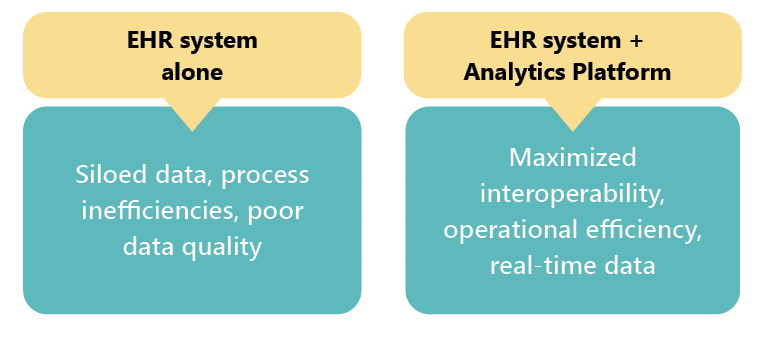
A leading children’s hospital had similar success in implementing Dimensional Insight’s analytics software. The organization has three separate systems that house patient data, including its EHR. As a result, the organization was struggling with process inefficiencies, information siloes, and poor data quality. Across the hospital, users struggled with fragmented data across disparate sources, highly time-consuming manual efforts, and inconsistent data collection and reporting. The hospital identified a need for an all-in-one platform for reporting, analytics, dashboards, and data governance to improve quality of care, operational efficiency, and support strategic decision-making.
After rolling out Dimensional Insight’s applications to integrate its EHR and other patient data systems, the hospital published its first customized executive and hospital operations dashboards, allowing for streamlined analytics, including regulatory and quality reporting needs.
Why Dimensional Insight?
When you’re ready to supercharge your decision-making and implement an enterprise analytics platform, there are many options to choose from. However, not all platforms are equal in the tools and resources they provide. Determining which platform is best for your organization comes down to what your long-term goals are and how you intend to reach them.
Dimensional Insight is one of the most trusted names in healthcare analytics. With our built-in integration, KPIs, analytics, and visualization capabilities, we not only address your organization’s data needs from start to finish, but we also do it better than other analytics companies. What’s our secret?
Customer-Focus: Our focus is on our customers and their success. We can’t achieve success unless our customers do. We collaborate with our customers to understand their strategic goals and we work together to meet those goals. Unlike other companies that implement their technology and move on, we stick with our customers until they succeed, and then work with them on future projects.
Healthcare Expertise: We know healthcare. We employ a unique methodology that has been fine-tuned over several decades. Many of our staff have worked in the healthcare field and have a comprehensive understanding of its unique challenges. This gives us an insightful and nuanced perspective that is invaluable to our healthcare clients.
State-of-the-Art Technology: We have optimized our technology to offer unparalleled speed, integration, flexibility, and governance. We provide a truly end-to-end platform that utilizes 100% of our own technology. This means each element is optimized to work perfectly with the other parts of the platform.
There’s a reason we have won Best in KLAS in healthcare analytics 8 times, more than any other vendor. It’s because we get the results our customers are looking for. Learn more about what our customers say about us here:
Interested in learning more?
Works Cited
- Office of the National Coordinator for Health Information Technology. “National Trends in Hospital and Physician Adoption of Electronic Health Records.”
https://www.healthit.gov/data/quickstats/national-trends-hospital-and-physician-adoption-electronic-health-records. - Manzione, Lauren. “Clinician Turnover and the EHR Experience.” Clinician Turnover and the EHR Experience, KLAS Research, 8 Apr. 2022,
https://klasresearch.com/archcollaborative/report/clinician-turnover-and-the-ehr-experience/418. - Jeppson, Jacob. “The Science of Improving the EHR Experience.” The Science of Improving the EHR Experience, KLAS Research, 6 Jan. 2023, https://klasresearch.com/archcollaborative/report/the-science-of-improving-the-ehr-experience/459.
- Pylypchuk, Y., and J. Everson. “Interoperability and Methods of Exchange among Hospitals in 2021.” ONC Data Brief, no. 64. Office of the National Coordinator for Health Information Technology, Jan 2023, Washington DC,
https://www.healthit.gov/data/data-briefs/interoperability-and-methods-exchange-among-hospitals-2021. - Office of the National Coordinator for Health Information Technology. “Gaps in Individuals’ Information Exchange.”
https://www.healthit.gov/data/quickstats/gaps-individuals-information-exchange.
Download white paper:
Driving Better Patient Outcomes with EHR and Enterprise Analytics Integration

